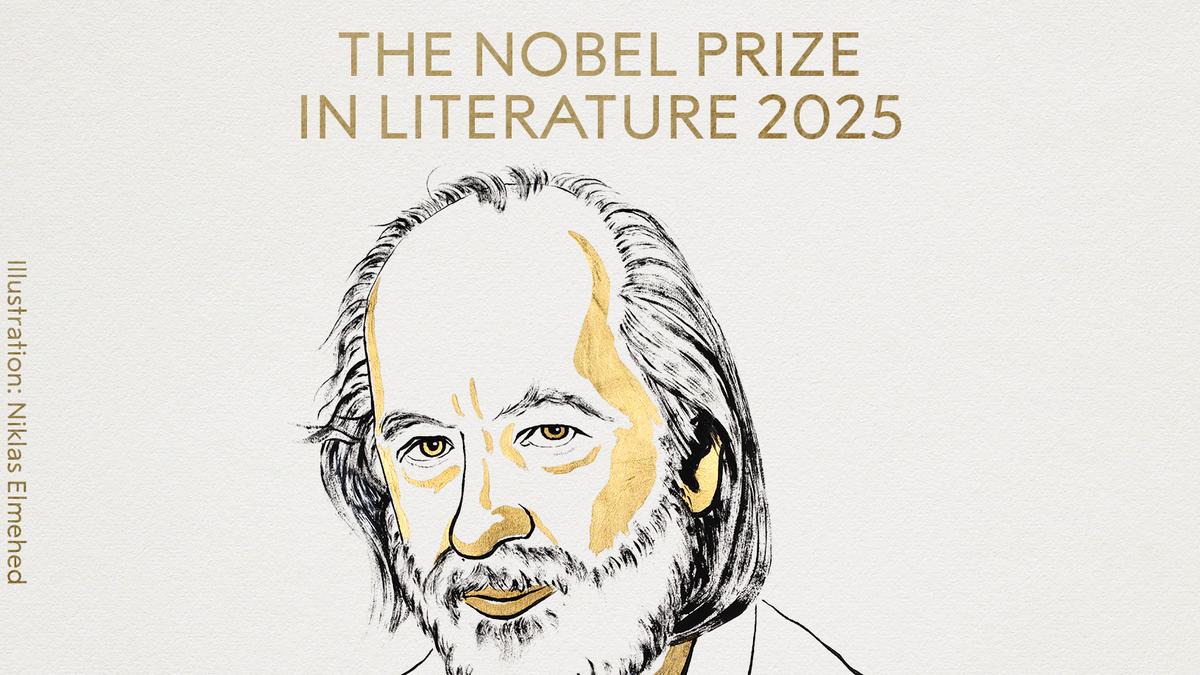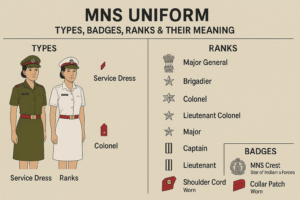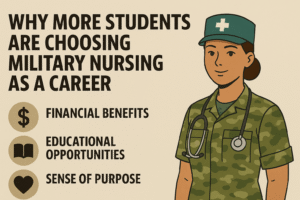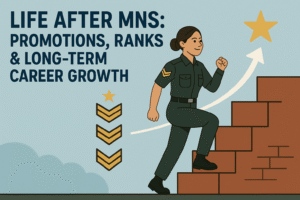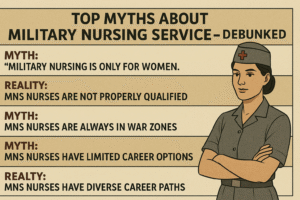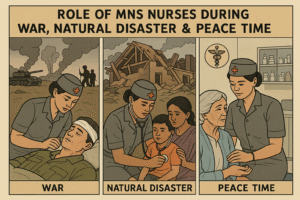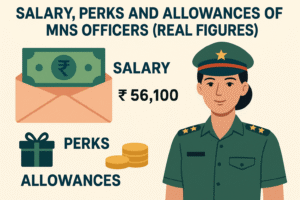1. Introduction
Prize Announced by: The Royal Swedish Academy of Sciences on October 9, 2025.
Laureate: László Krasznahorkai, Hungarian novelist and essayist.
Citation: Awarded “for his compelling and visionary oeuvre that, in the midst of apocalyptic terror, reaffirms the power of art.”
Prize Money: 11 million Swedish kronor (≈ ₹10.3 crore).
Award Ceremony: To be held on December 10, 2025, the anniversary of Alfred Nobel’s death.
2. About the Laureate
a. Personal Background
Born: 1954, in a small town near the Romanian border in Hungary.
Education: Studied law and Hungarian literature.
Known for his dense, philosophical, and visionary prose style.
Described as a writer who blends realism with metaphysical reflection, often exploring the chaos and decay of modern civilisation.
b. Literary Breakthrough
His first novel, “Sátántangó” (1985; English translation, “Satantango”, 2012), made him a literary sensation in Hungary.
The novel was later adapted into a 7-hour film by Hungarian director Béla Tarr, becoming a modern classic of world cinema.
3. Major Works of László Krasznahorkai
| Work | Year (Original) | English Translation / Year | Themes |
|---|---|---|---|
| Sátántangó | 1985 | Satantango (2012) | Depicts the collapse of a remote village community — a symbol of moral and social decay. |
| Seiobo járt odalent | 2008 | Seiobo There Below (2013) | Collection of 17 stories in Fibonacci sequence — explores beauty, art, and the divine in human creation. |
| Északról hegy, Délről tó, Nyugatról utak, Keletről folyó | 2003 | A Mountain to the North, a Lake to the South, Paths to the West, a River to the East (2022) | Meditative novel on spirituality, architecture, and artistic transcendence. |
| Herscht 07769 | 2025 | — | Portrays modern social unrest in Germany, blending themes of violence, art, and music. |
4. About His 2025 Novel – “Herscht 07769”
Set in a small town in Thuringia, Germany.
Depicts social anarchy, violence, murder, and arson.
Yet, it is deeply intertwined with Johann Sebastian Bach’s musical legacy, exploring how art survives amid chaos.
Described by the Nobel Committee as:
“A book written in a single breath, about violence and beauty ‘impossibly’ conjoined.”
Reflects Europe’s modern anxieties — loss of order, rise of extremism, and the enduring need for artistic creation.
5. Literary Style and Philosophy
Known for long, uninterrupted sentences, creating a hypnotic, immersive narrative flow.
Combines philosophical depth with apocalyptic imagery.
Explores human despair, moral decay, and spiritual searching.
Frequently portrays:
The collapse of civilisation.
The redemptive power of beauty and art.
The cyclical nature of human suffering and hope.
6. Interpretation of the Nobel Citation
“For his compelling and visionary oeuvre that, in the midst of apocalyptic terror, reaffirms the power of art.”
Meaning:
“Compelling and visionary oeuvre” → His complete body of work challenges readers to confront existential and societal collapse.
“Amid apocalyptic terror” → His fiction often depicts dystopian, chaotic societies.
“Reaffirms the power of art” → Despite darkness, he shows that creativity and artistic expression are humanity’s last refuge of meaning and hope.
Thus, the Nobel Committee honours the role of literature in preserving human dignity amid turmoil.
7. Position in Global Literature
Represents Central European modernism, continuing the legacy of Franz Kafka, Imre Kertész, and Thomas Bernhard.
His works blur the line between fiction and philosophy, earning him comparisons with James Joyce and Samuel Beckett.
Reflects post-communist disillusionment, moral collapse, and universal questions of existence.
8. Nobel Prize Context (2025)
a. Nobel Announcement Week 2025
| Date (2025) | Field | Laureates / Theme |
|---|---|---|
| Oct 6 | Physiology or Medicine | — |
| Oct 7 | Physics | John Clarke, Michel Devoret, John Martinis – for macroscopic quantum tunnelling and energy quantisation in an electric circuit. |
| Oct 8 | Chemistry | Susumu Kitagawa, Richard Robson, Omar Yaghi – for development of metal–organic frameworks (MOFs). |
| Oct 9 | Literature | László Krasznahorkai (Hungary) – for visionary literary work affirming art amid chaos. |
| Oct 10 | Peace | Maria Corina Machado (Venezuela) – for democratic struggle for peace. |
| Oct 13 | Economic Sciences | To be announced. |
b. Previous Year’s Laureate
2024 Nobel in Literature: Han Kang (South Korea) – known for “The Vegetarian” and “Human Acts”.
Her work explored memory, trauma, and humanity — continuing the Nobel tradition of rewarding moral and psychological depth.
9. About the Nobel Prize in Literature
a. Origin
Established under the will of Alfred Nobel (1833–1896) — Swedish chemist, engineer, and inventor of dynamite.
Nobel directed that his estate should fund “prizes to those who, during the preceding year, have conferred the greatest benefit to humankind.”
b. Selection
Administered by the Swedish Academy (Stockholm).
Awarded annually since 1901.
Recognises literary excellence, humanistic vision, and universal relevance.
10. Significance of the Award
a. For Literature
Reaffirms the enduring role of art and literature as moral and philosophical guidance in a world facing crisis.
Encourages readers and societies to seek beauty and reflection even amid turmoil.
b. For Hungary and Central Europe
Highlights the rich intellectual and artistic tradition of Central Europe.
Puts Hungarian literature again on the global map (after Imre Kertész, Nobel 2002).
c. For the World
Sends a message that art remains a force of resistance against nihilism, extremism, and cultural decay.
Literature is not merely entertainment but a tool for human survival and empathy.
11. Key Quotes
“A book written in a single breath, about violence and beauty ‘impossibly’ conjoined.” – Nobel Committee
“In the midst of apocalyptic terror, art reaffirms meaning.” – Interpretation of Nobel Citation
12. Relevance for UPSC Aspirants
GS Paper I – Indian & World Literature
Understanding literary trends and world cultural movements.
GS Paper II – International Relations
Nobel Prizes as soft power instruments enhancing global prestige.
Essay Paper
Themes: “Power of Art in Troubled Times,” “Human Spirit Amid Chaos,” “The Role of Culture in Peace and Progress.”
Ethics (GS Paper IV)
Values: Resilience, Hope, Creativity, Human Dignity.
🏆 Conclusion
László Krasznahorkai’s Nobel Prize in Literature 2025 celebrates a writer who captures the collapse of the modern world yet insists on the redemptive power of art and beauty.
His vision reminds humanity that literature can illuminate even the darkest corners of existence and that art remains the last stronghold of peace, order, and hope.
For more UPSC 2026 Current Affairs Notes and Nobel Prize Summaries, visit 👉 VictorGrowth.com

